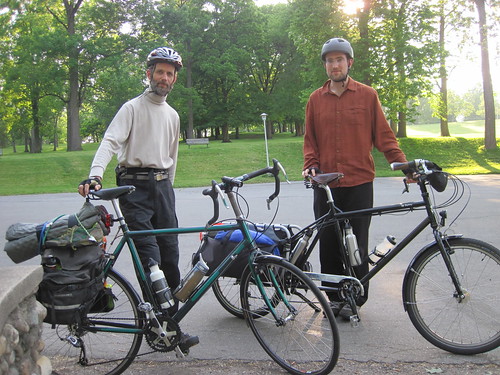I have decided that, lack of sunburn aside, I need to get back to being pretty serious about UV protection. I've been sloppy about it for a few years, and would like to not continue inviting skin cancer.
I'm on my bike for 90 to 120 minutes every day, about 45 minutes in the morning and 55 minutes in the evening. But, I'm in Austin, which means intense ambient heat and intense sun during the summer. Sometimes I resent stop lights because they leave me sitting in direct sunlight with absolutely no air flow to cool me down. Sometimes it's so hot that doesn't do any good, anyway.
So far as I see it, my options are to lather up my arms, legs, and face with sunscreen twice a day, adding on a hat beneath my helmet (or getting a solid helmet); or to get some of the UV-protective clothing like what Izumi makes and wear that on most of my rides, though that means extra cloth on my arms, legs, and hands, and thus more gear that I have to cope with.
Clothing appeals from a reusability standpoint. It might also help by reflecting more sunlight and thus more heat.
Sunscreen appeals from a "not putting on cloth that traps heat" pespective.
So, in bright/hot areas, which is more comfortable? Should I just try both and see which I find more comfortable? Even more importantly, which provides adequate protection?
And, if parts of my body are not tanning at all (such as, under my shirt), am I actually getting adequate protection there?

